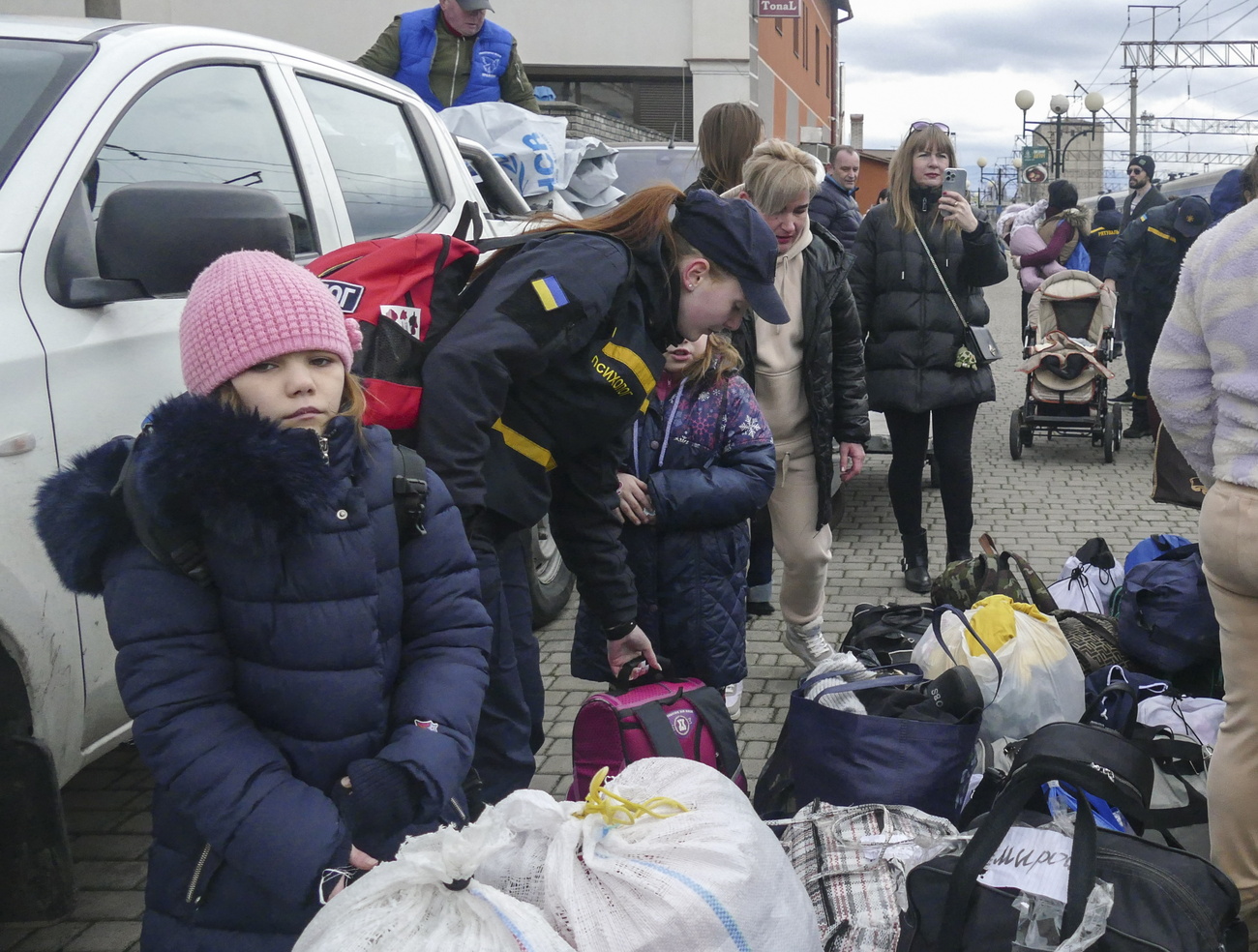
Hard drugs use on the rise
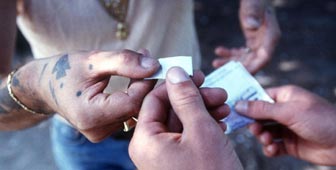
Drug use in Switzerland is changing - more people are using hard and chemically manufactured drugs with heroin taking a back seat to ecstasy and amphetamines.
“We have to make a distinction between the 30,000 heroin addicts in Switzerland and those who take drugs recreationally, especially the new synthetic drugs,” Richard Müller, director of the Swiss Institute for the prevention of drug and alcohol addiction told swissinfo.
Although Müller says there are no figures available to indicate the extent of synthetic drug use, he emphasises that such substances should be regarded in the same way as hard drugs, which lead to addiction.
User profile
Synthetic drugs are also attracting new users and providing heroin and cocaine users with a new high, as people increasingly use the two drug types together. More worrying though is the younger profile of synthetic drug users.
“Youngsters aged between 12 and 15 years old are taking synthetic drugs,” Christian Buschan, a scientific adviser to the National Drug Board told swissinfo. “This is dangerous and is the [biggest] challenge we face at the moment.”
The hard drugs market, which includes cocaine, heroin, ecstasy and amphetamines, is worth a staggering SFr2 billion ($1.37 billion) a year with soft drugs such as hashish worth SFr 1 billion and it’s a growing market.
Drug seizures
Recent drug hauls in Bern, Zurich and canton Vaud prove that hard drugs such as heroin and cocaine are still very much in vogue.
On Wednesday, Bern’s cantonal police service said they had seized 22 kilos of heroin with an estimated street value of SFr660,000 ($451,000). They made 23 arrests but said that the two main suspects, who are both Kosovars, are on the run.
But such drug busts are just the tip of the iceberg – only ten to 15 per cent of all drug use is detected, stopped and prosecuted by the law enforcement services. The remaining 85 per cent is more than enough to keep traffickers and dealers in business.
Drug dealers
In recent years the profile of drug dealers has changed dramatically. According to the Federal Police Office the majority of dealers now come from the Balkan states and Africa, whereas in the past most were South American.
“Our last annual report said that most of the dealers are asylum seekers from ex-Yugoslavia, Albania, Turkey and people from sub-saharan Africa and Caribbean countries,” Buschan told swissinfo. “We also know that every sixth asylum seeker tries at least once in his/her lifetime to sell drugs.”
For the most part, the hard drugs come from outside Switzerland. The Federal Police Office estimates that 80 per cent of the heroin found on Swiss streets originated in Afghanistan.
But it’s a different story with synthetic drugs – the majority of pills such as ecstasy and amphetamines are produced in the European Union and Switzerland.
Resistant to prosecution
Across Switzerland the police spend between five and ten per cent of their time fighting drugs, but arrest and prosecution do not appear to be working as a deterrent.
If caught dealers face prison terms of at least 12 months and hefty fines. In the most severe cases these could be in excess of SFr1 million.
However, according to a 2001 report by the Swiss National Science Foundation, even if drug dealers are arrested it does not prevent hard drugs from being available and it does not affect the price.
swissinfo

In compliance with the JTI standards
More: SWI swissinfo.ch certified by the Journalism Trust Initiative
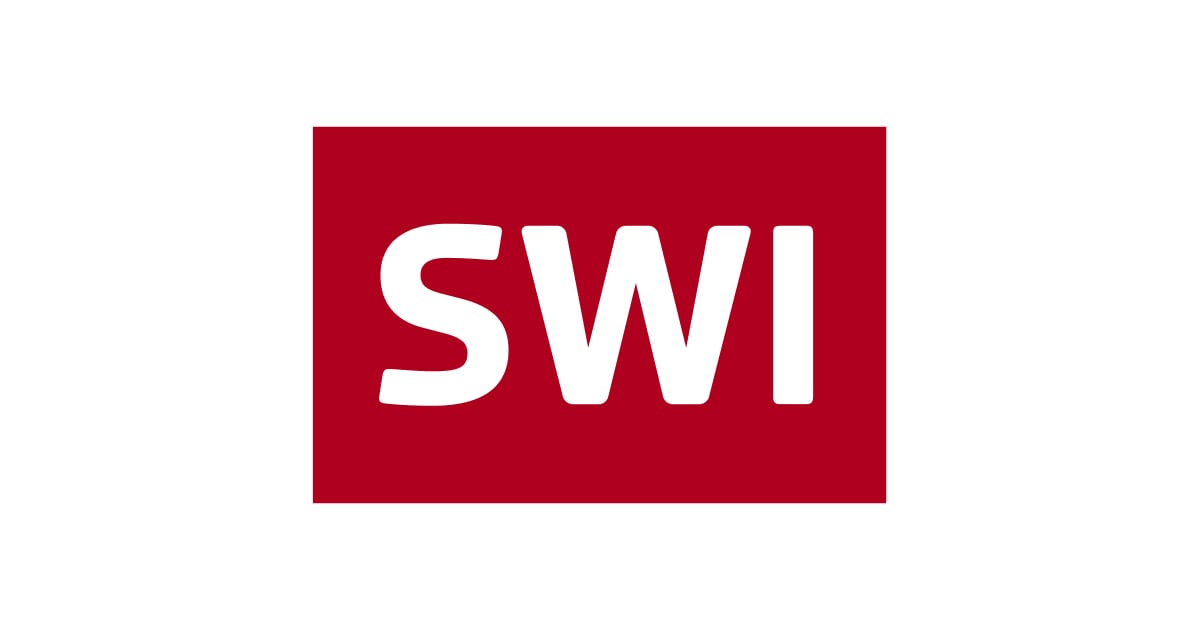




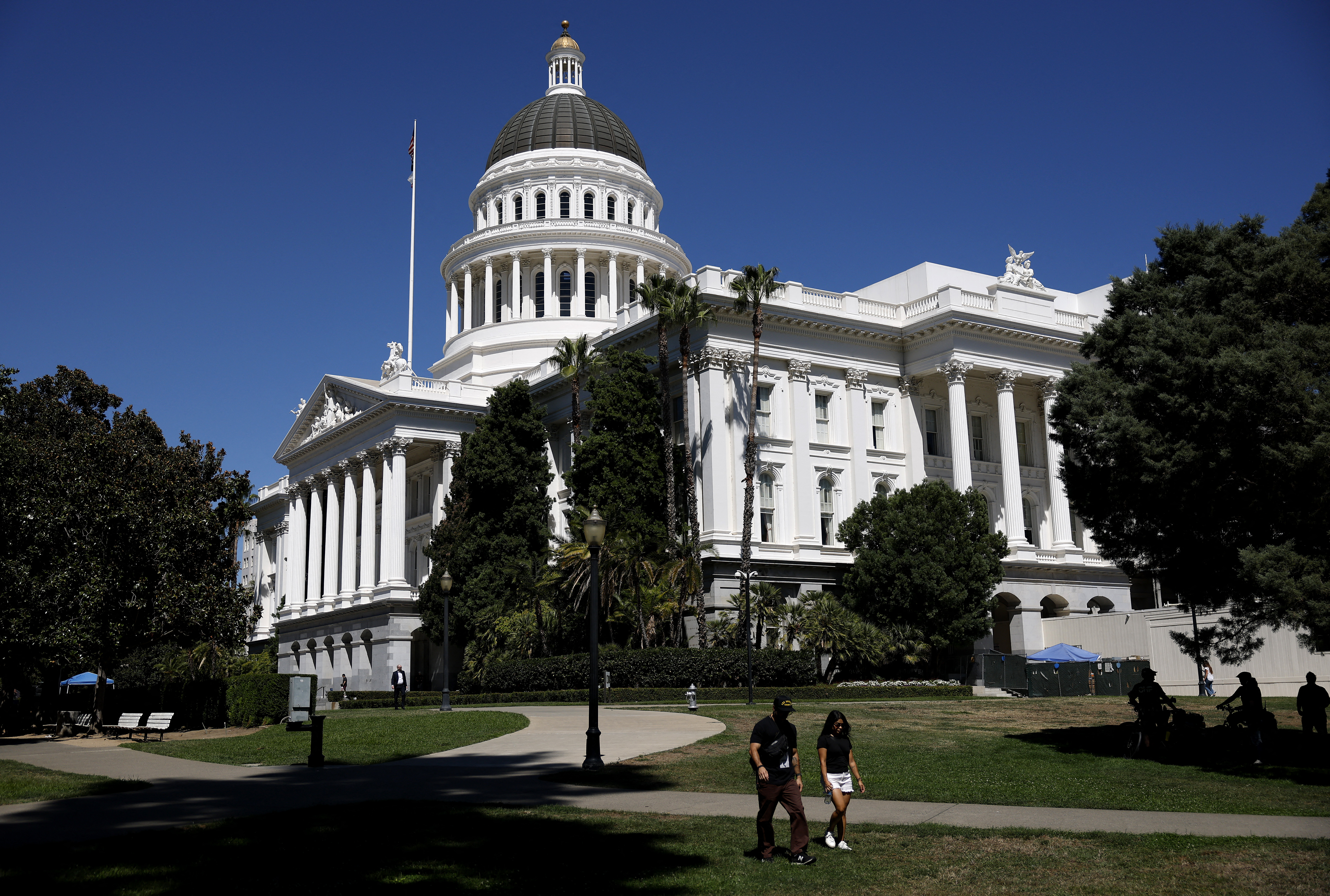
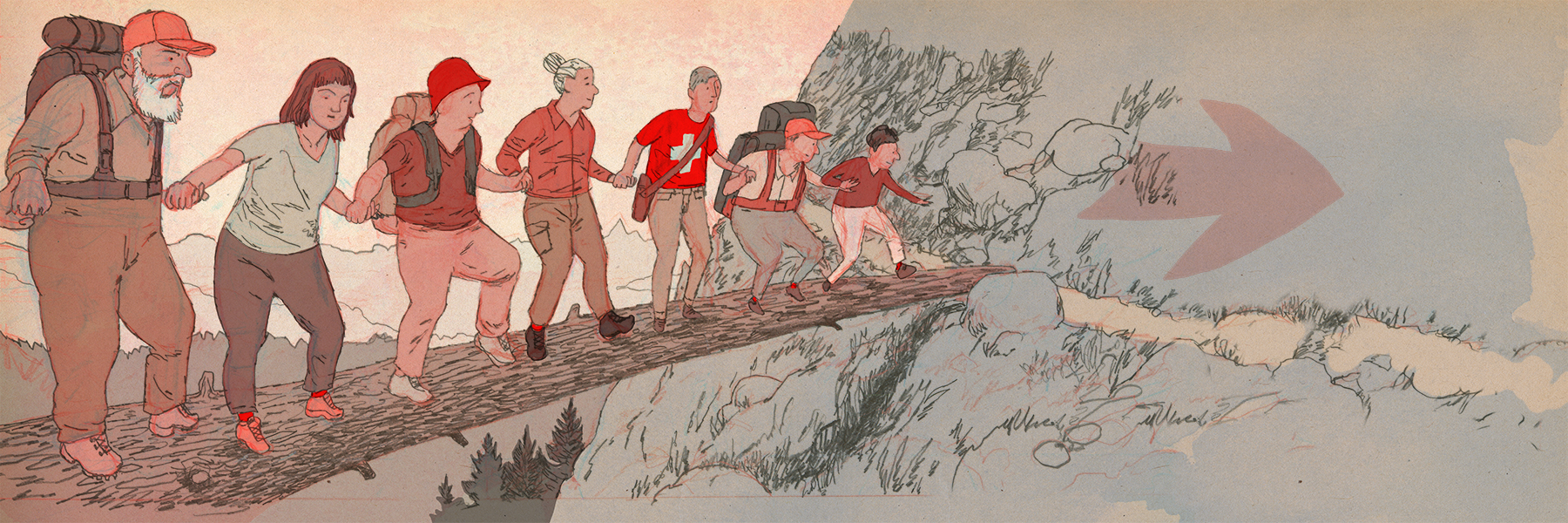







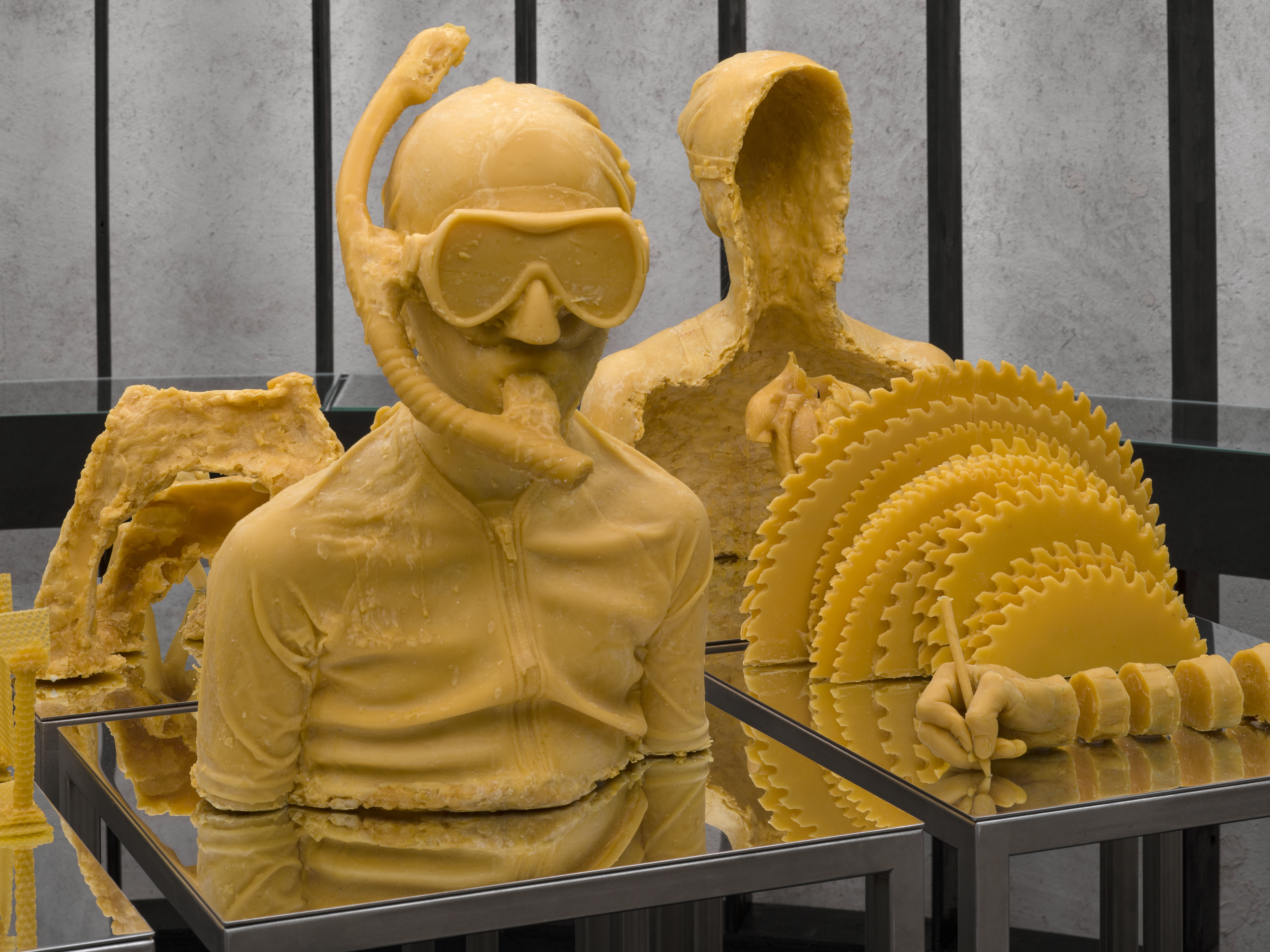
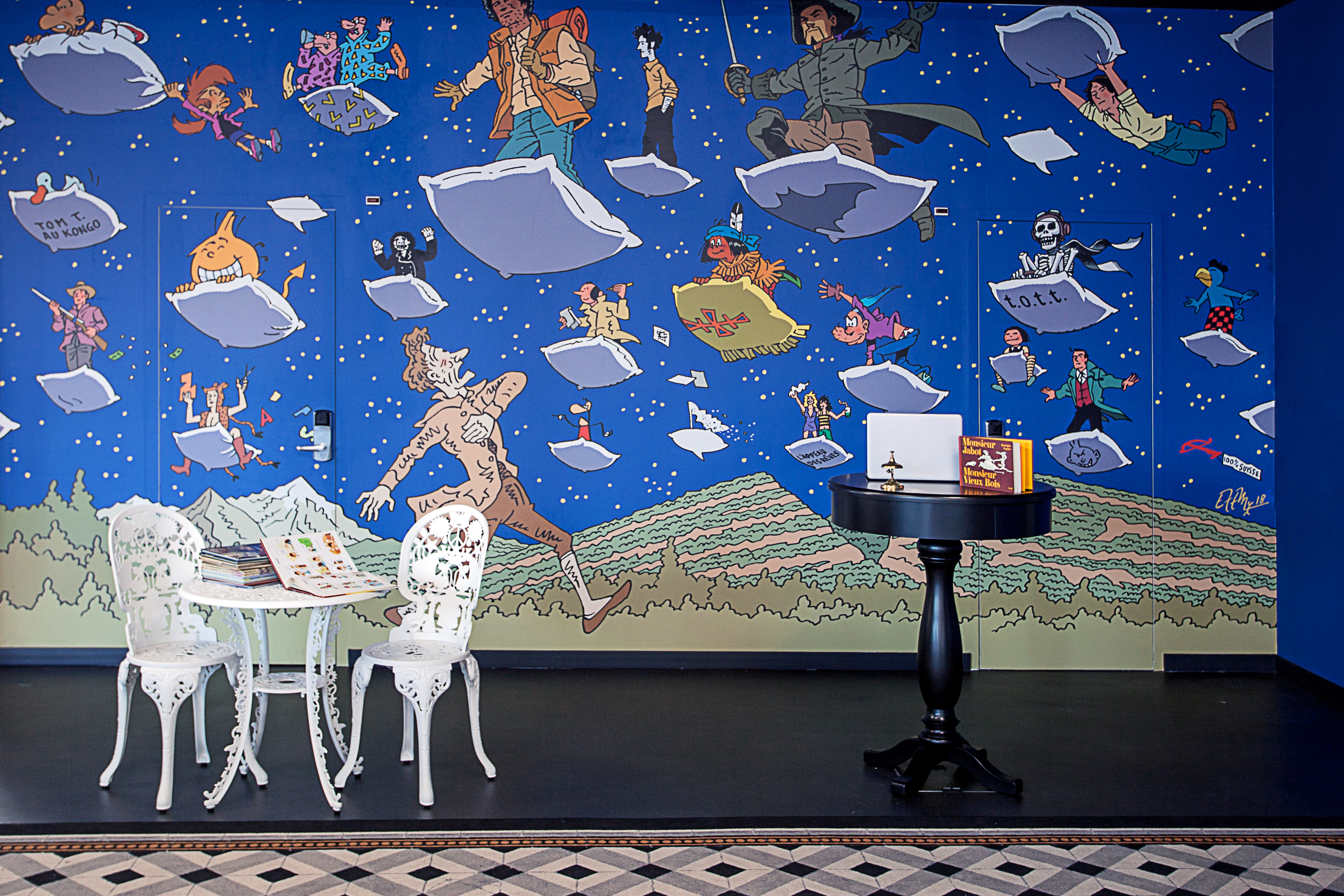
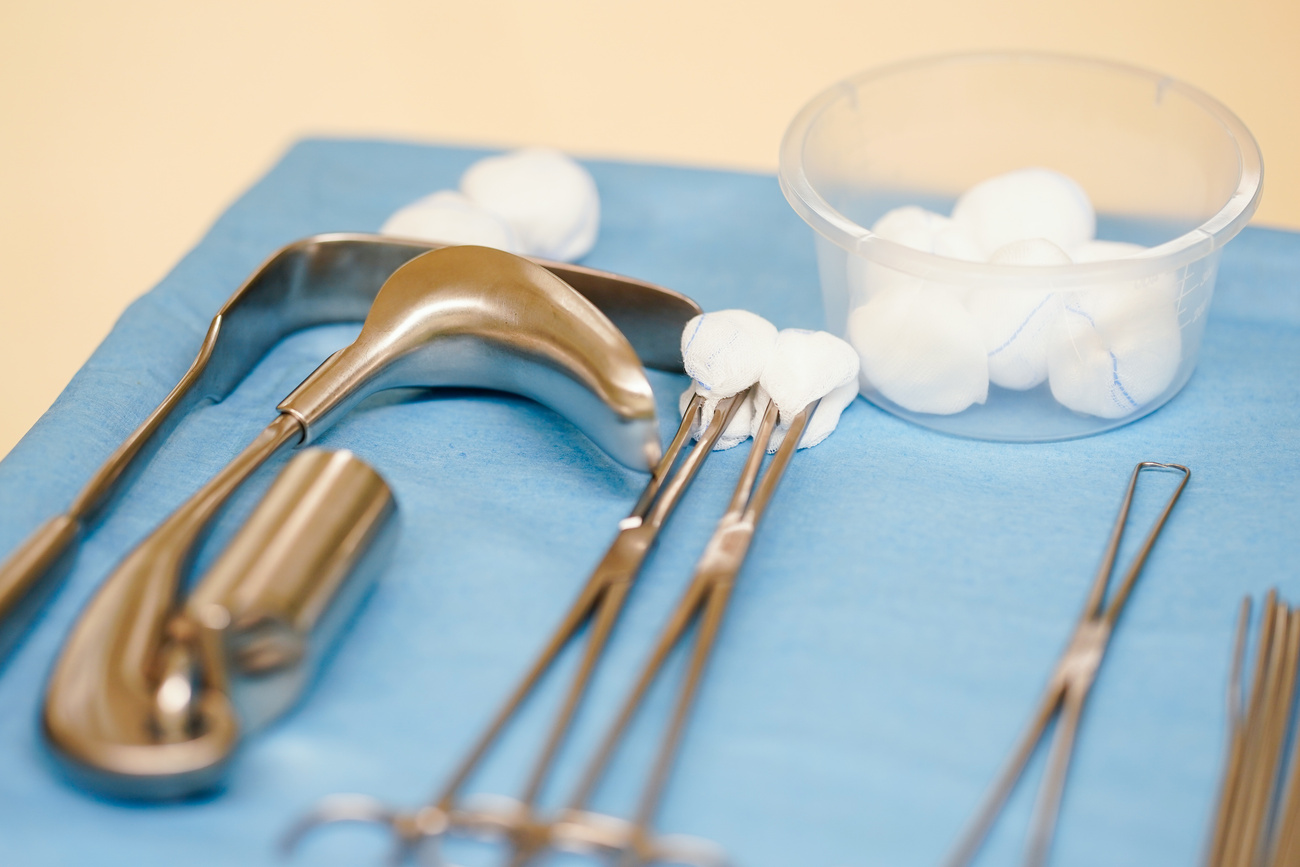


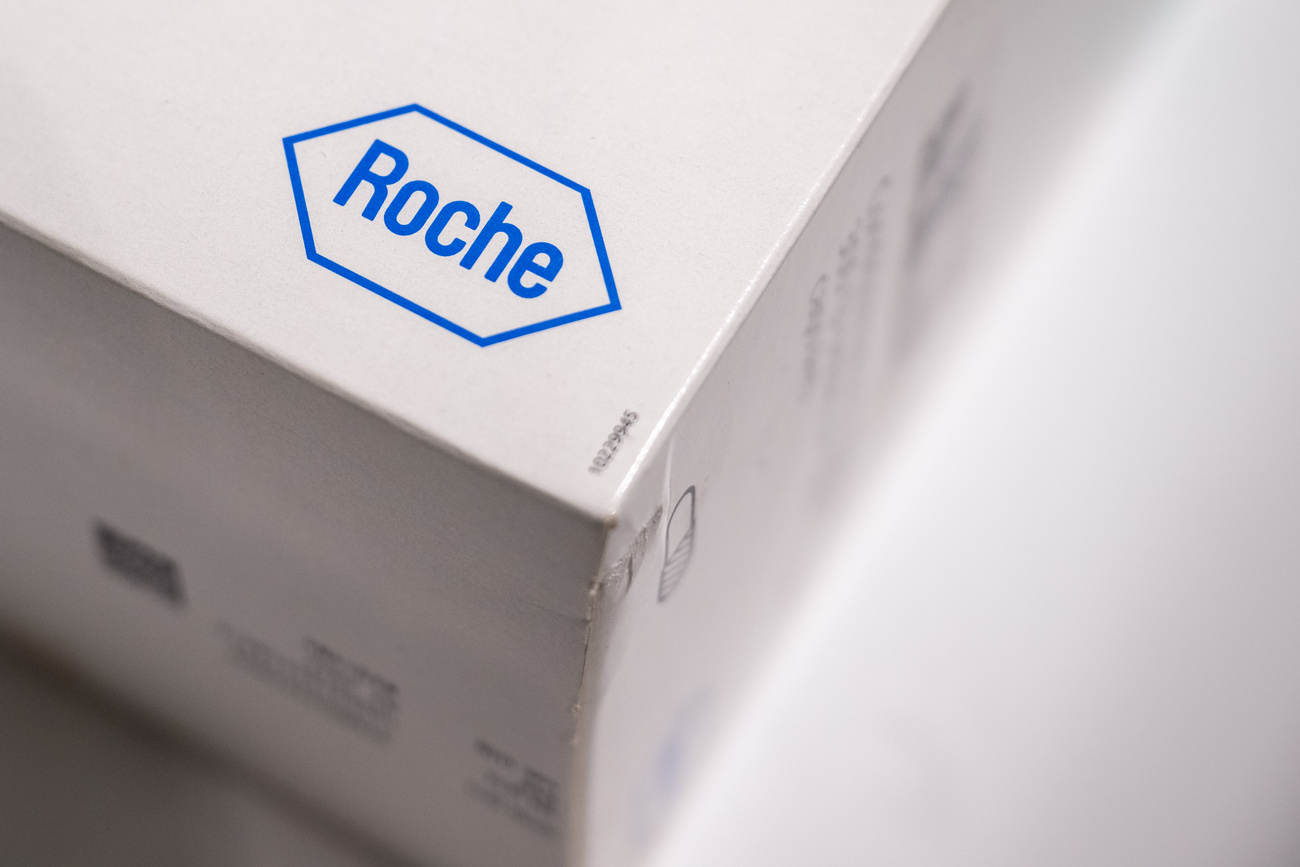







You can find an overview of ongoing debates with our journalists here . Please join us!
If you want to start a conversation about a topic raised in this article or want to report factual errors, email us at english@swissinfo.ch.